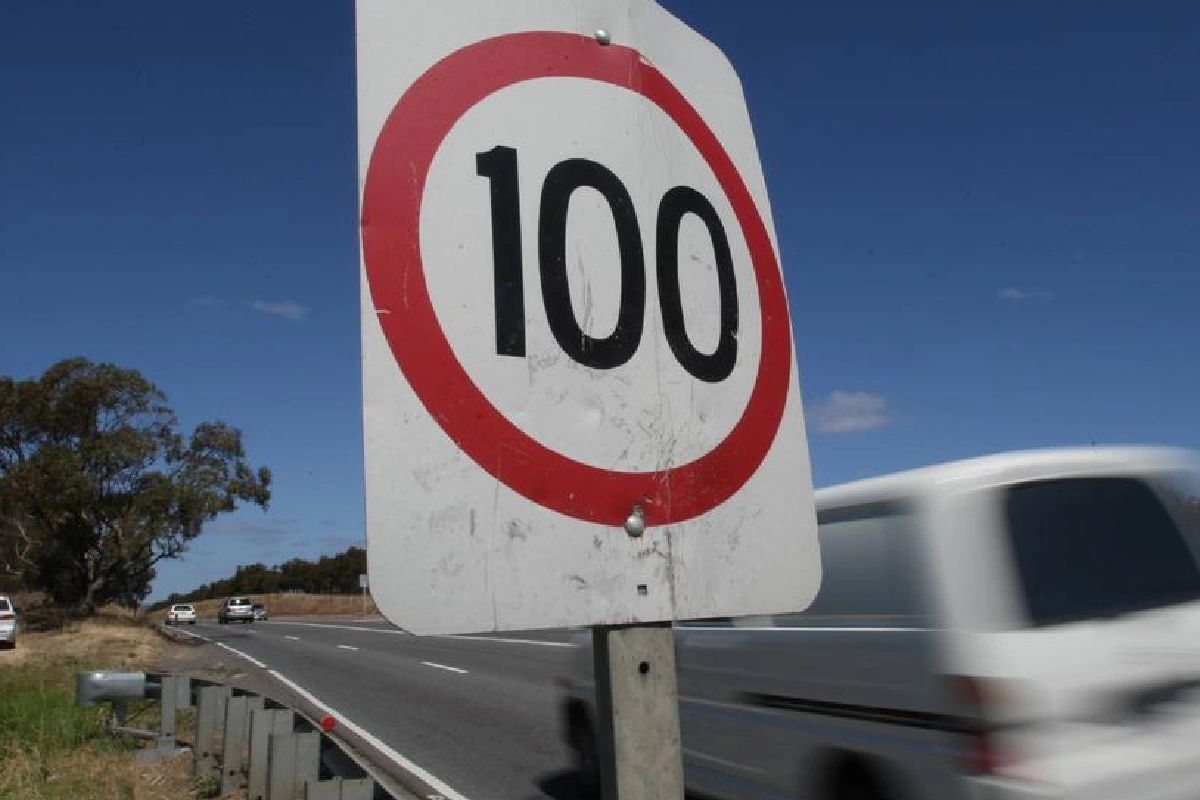The Albanese government has abruptly withdrawn its proposal to reduce rural speed limits to as low as 70 km/h, following a wave of public anger and rare internal dissent from Labor MPs.
The plan, part of a national road-safety review triggered by rising crash fatalities, would have reduced the 100 km/h default limit on unsigned country roads. But the idea collapsed under intense criticism from motoring groups, farmers, councils and state governments.
Controversy intensified when a departmental consultation paper suggested the reduced limits would also deliver a “carbon benefit” by cutting fuel consumption, prompting claims the proposal was driven more by climate policy than safety. The NRMA said the evidence was insufficient for such a sweeping change, while local councils warned of an “implementation burden” involving signage, compliance, and enforcement across vast rural areas.
Agricultural groups were even more blunt. Grain Producers SA chief executive Brad Perry condemned the idea as a “lazy option”, arguing that safe outcomes depend on repairing deteriorating regional roads, not slowing down commuters and freight drivers.
Federal Transport Minister Catherine King confirmed that all states and territories rejected a blanket approach during a meeting on Friday, agreeing that responsibility for setting limits must remain with each jurisdiction. The backlash also spread inside Labor, with Senator Helen Polley publicly opposing the proposal. NSW Roads Minister Jenny Aitchison and Queensland Transport Minister Brent Mickelberg likewise dismissed a one-size-fits-all policy.
Nationals Senator Matt Canavan accused the department of allowing a “net-zero agenda” to distort road-safety policy, saying speed settings should not be shaped by climate frameworks. Minister King’s office responded by noting that work on reduced limits began under the former Coalition government, although former transport minister Michael McCormack denied any such intention.
The retreat ends one of the most divisive transport debates of the year — and places renewed pressure on the federal government to increase funding for road repairs, rather than relying on regulatory changes to address rising fatalities.












